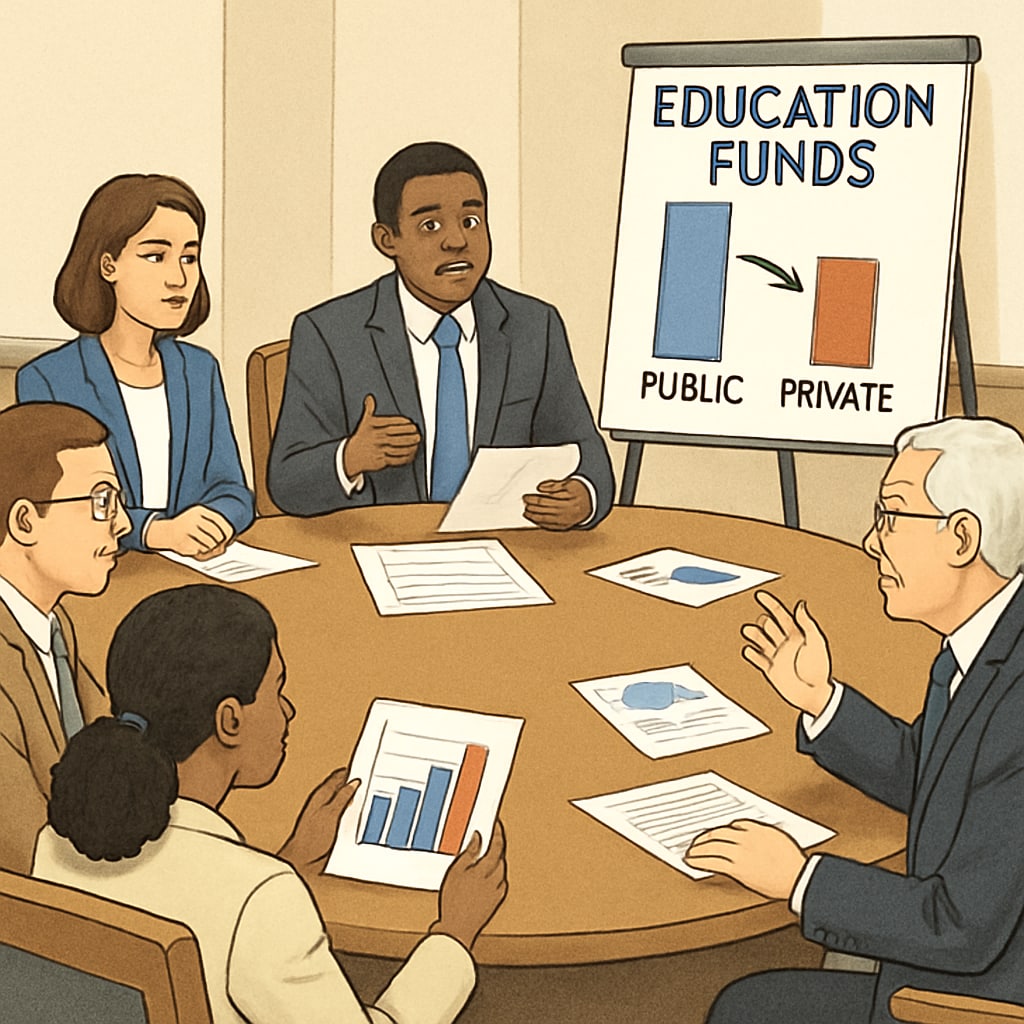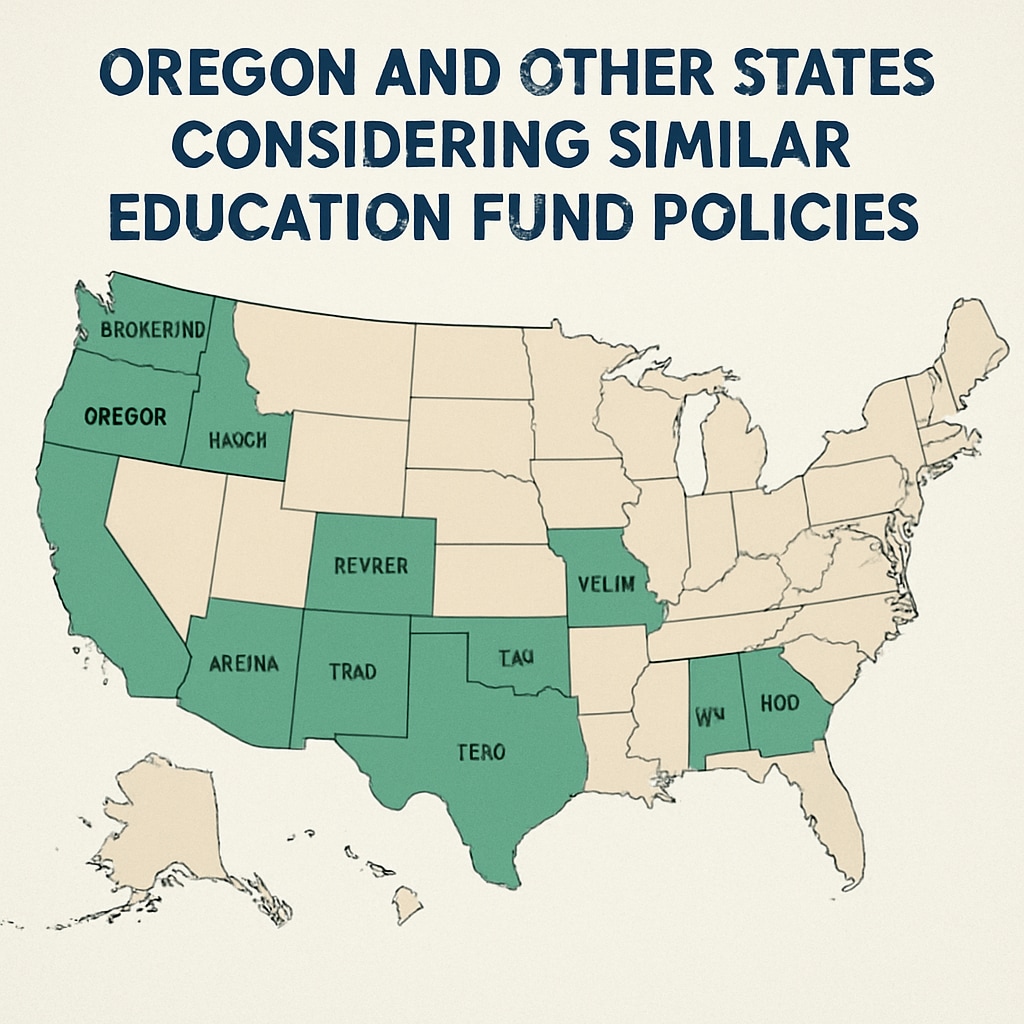In recent years, the debate surrounding education funds, Stand For Children, privatization, and public education has intensified. “Stand For Children,” a nonprofit organization initially established to advocate for equitable education, has come under scrutiny for allegedly spearheading legislative efforts that divert public education funds away from public schools and into private daycare centers and institutions. This shift raises significant questions about the future of education funding, the quality of public education, and the risks of systemic resource mismanagement.
Understanding the Role of “Stand For Children” in Education Fund Redistribution
“Stand For Children” has been a prominent player in education advocacy, often championing initiatives aimed at improving access to quality education. However, recent legislative measures in states like Oregon have revealed a concerning trend. The organization has supported proposals that redirect funds originally allocated for public schools into private institutions. These efforts have sparked debates about whether such policies truly benefit students or simply pave the way for the privatization of education resources.

The Implications of Education Resource Privatization
Privatizing education resources has far-reaching consequences. While proponents argue that private institutions can offer innovative solutions, critics warn of several risks:
- Declining Educational Quality: Public schools may face a reduction in funding, leading to overcrowded classrooms, outdated materials, and insufficient support for teachers.
- Resource Inefficiency: Private institutions may not be held to the same accountability standards as public schools, resulting in potential misuse or waste of funds.
- Systemic Fraud Risks: The lack of transparency in private institutions could open doors to financial mismanagement and corruption.
These risks highlight the need for a careful evaluation of policies that shift public education funds to private entities.
Oregon as a Case Study: A Model for Nationwide Privatization?
The legislative changes in Oregon have set a precedent that other states may follow. By advocating for the redirection of funds to private daycare centers, the state has inadvertently weakened its public education system. As a result, public schools face reduced budgets, struggling to maintain the quality of education that students deserve. This model could potentially spread across the nation, creating a ripple effect that undermines public education on a larger scale.

What Can Be Done to Protect Public Education?
To address this issue, stakeholders must take proactive steps:
- Advocating for transparency in education funding allocation.
- Demanding accountability from organizations like “Stand For Children” to ensure their initiatives align with public education goals.
- Supporting legislation that prioritizes public schools over private institutions.
In addition, fostering community engagement can amplify the voices of parents, educators, and students who are directly impacted by these policies.
As the privatization of education resources continues to gain traction, it’s crucial to remain vigilant. Public schools are the backbone of equitable education, and any actions that weaken their funding or infrastructure must be met with careful scrutiny and collective action.
Readability guidance: This article uses clear headings, concise paragraphs, and bullet points to ensure accessibility. Transition words such as “however,” “therefore,” and “in addition” are incorporated to maintain flow and coherence.


